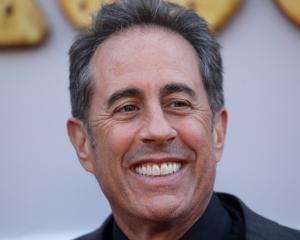
Australia appeared to have escaped largely unscathed as they woke up for their first business day since a massive ransomware worm hit thousands of computer systems around the world, disrupting operations at hospitals, shops and schools.
Cyber Security Minister Dan Tehan said on Monday that just three businesses had been hit by the bug, despite worries of widespread infection.
"At this stage, it does seem like that we have missed the major impact of this ransomware incident," Mr Tehan said on Australian Broadcasting Corp radio.
The spread of the worm dubbed WannaCry - "ransomware" that locked up more than 200,000 computers in more than 150 countries - began after hours on Friday Australian time, scrambling data and demanding payments of $300 to $600 to restore access.
Cyber security experts in the United States and Europe said the spread had slowed on Sunday, but warned the respite might be brief amid fears it could cause new havoc on Monday when employees return to work. New versions of the worm are expected, the experts said, and the extent - and economic cost - of the damage from Friday's attack were unclear.
In Australia, Alistair MacGibbon, special advisor to Prime Minister Malcolm Turnbull on Cyber Security, said some small businesses would likely be hit "but as a whole of nation we can be confident, so far, that we have missed the worst of this."
"We have seen no impact on our critical infrastructure, we have seen no impact in the health systems which is important, we have had no reports of any government agencies, state, territories or commonwealth impacted by this," Mr MacGibbon said.
Mr Tehan declined to provide details on the three affected companies, but said the first Australian company reported as hit was not "a government organisation or a hospital or anything like that."
Mr MacGibbon said it was still not known how the virus had originated and then spread, although it was likely the transmission included email.
In a blog post late Sunday, Microsoft President Brad Smith appeared to tacitly acknowledge what researchers had already widely concluded: The ransomware attack leveraged a hacking tool, built by the US National Security Agency, that leaked online in April.











